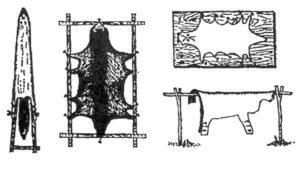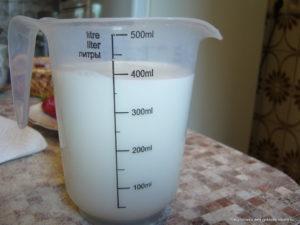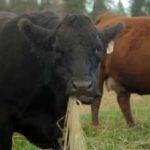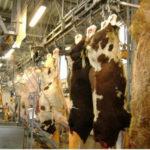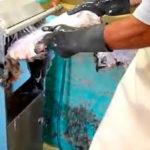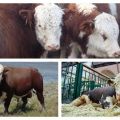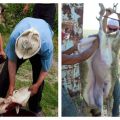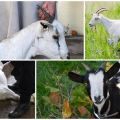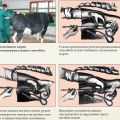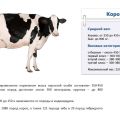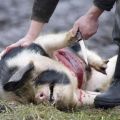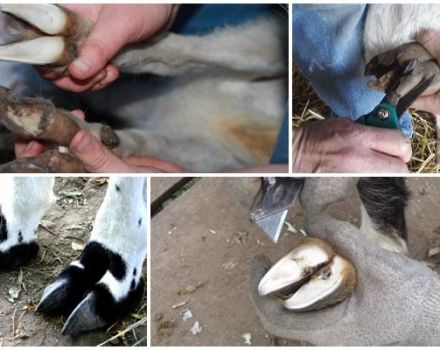Top 14 methods of slaughtering livestock and carcass cutting technology at home
Slaughtering cattle requires anatomical knowledge and practical experience. At meat processing plants, the process is divided into stages and takes place in accordance with sanitary standards. In private farms, bulls are slaughtered according to the same scheme as in production: they are stunned, blood is drained, skinned and cut. In cattle breeding, complex ancient and simple modern methods are known.
Content
- 1 Which cattle is subject to slaughter
- 2 Optimal term
- 3 Preparation for the process
- 4 What is necessary?
- 5 Slaughtering methods of cattle
- 5.1 Stun with exsanguination
- 5.2 Slow bloodletting
- 5.3 With the help of a buterol with a cutter
- 5.4 Slaughter with a mask
- 5.5 Crushed skull
- 5.6 Siegmund's method (mask with shooting)
- 5.7 English way
- 5.8 Kalmyk method of slaughter
- 5.9 Russian way
- 5.10 Jewish method
- 5.11 Using electricity
- 5.12 Industrial face
- 5.13 Veterinary slaughter option
- 5.14 More modern methods of slaughtering cattle
- 6 Carcass processing rules
- 7 Removal and dressing of skin
- 8 How to remove the insides of an animal
- 9 Carcass cutting
Which cattle is subject to slaughter
Healthy cows and bulls should be cut for meat. Even with the observance of sanitary standards on the farm, an examination and conclusion of a veterinarian is required. If a bull or a cow shows symptoms of an incurable disease that is dangerous for the entire livestock, they are also subject to slaughter. But the carcasses are not processed, but burned in cattle burial grounds.
Dangerous diseases of cows include foot and mouth disease, rabies, tetanus, anthrax. After killing the bulls, the internal organs are examined, since some parasitic infections proceed without external symptoms. Sometimes an autopsy reveals an enlarged and speckled liver with parasites. In this case, the carcass of the cow must also be destroyed.
The slaughter of healthy bulls and cows can be delayed due to:
- vaccination;
- the introduction of antibiotics;
- treatment of parasites and non-dangerous diseases.
From the day of vaccination from foot and mouth disease to slaughter, they wait 21 days, and from anthrax - 14 days. The killing of the calving cow is postponed for two weeks so that she can nurse the newborn calf.

Optimal term
Bulls are actively gaining weight up to ten months from birth. During this period, the natural growth of the body takes place, and the properties of meat breeds are manifested to the formation of muscle mass. Feeding your cows helps you achieve maximum results. After a year of life, with the end of physiological development, the increase in the mass of bulls slows down significantly and occurs only due to fattening. Animals have a distended stomach, they eat a lot, but gain little weight. Therefore, farmers do not consider it rational to further feed and keep cows.
Preparation for the process
The slaughter of cows in production is carried out after the veterinary examination of the animals and the preparatory period.
Veterinarian approval
At the slaughterhouse there is a full-time veterinarian who conducts an external examination and measures the temperature of the animals. If signs of treatable diseases are found, the cows are prescribed treatment, and then re-examination. If the bull is healthy, the doctor issues a written permission and is prepared for the next step.
Cow preparation
A healthy animal is transferred to a separate stall. During the day, the cow is given a lot of water, but not fed. Fasting cleanses the intestines of the bull, and during the procedure, the skin does not get dirty and the room is kept clean. Animals are not kept on starvation rations for longer than a day, since the body begins to consume accumulated fat, and the slaughter yield of meat decreases.
Preparing cows for slaughter also includes:
- cleaning wool, hooves;
- measurement and calculation of animal volumes;
- weighing.
The bulls are washed so as not to infect the meat with microbes when cutting the carcass. It is also important to keep the animals calm. Fear reduces the amount of lactic acid in meat. As a result, its color deteriorates and the shelf life is reduced.
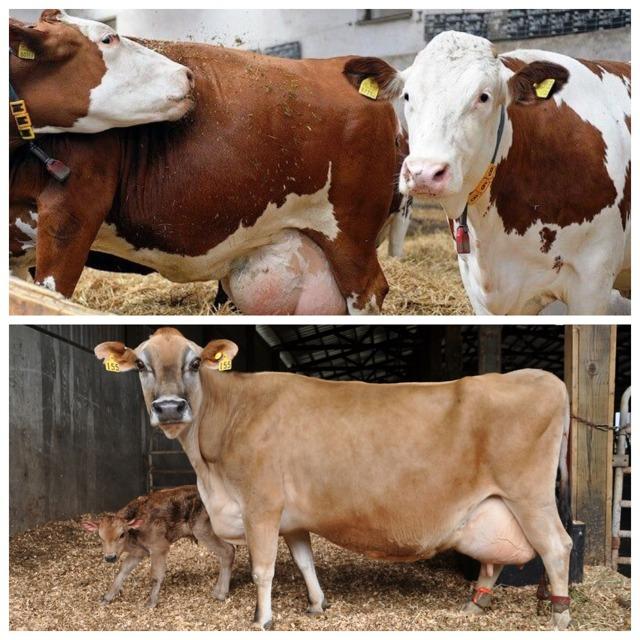
Bulls cannot be beaten, as blood from hematomas remains in soft tissues during exsanguination. Areas of hemorrhage are cut out, losing some of the valuable meat.
What is necessary?
For the slaughter of bulls, farmers use:
- heavy hammer;
- twine with a winch;
- knives.
Before being killed, the cow is stunned with a sledgehammer so that she becomes unconscious, but not frightened. In meat processing plants, additional devices and various methods are used to slaughter the bull. But the common thing for slaughter in a private backyard and in production is the drainage of blood, skinning and removal of internal organs, for which sterile containers are prepared in advance.
Cutting the carcass of a cow into pieces requires an ax and a large cleaver knife. At the end of the work, the meat and liver are sent to storage in refrigerators, and the place of cutting is washed and disinfected.
Slaughtering methods of cattle
The main requirement for the procedure for slaughtering cows is speed and painlessness. Over the centuries-old history in cattle breeding, methods of varying degrees of humanity have been developed. Preference is given to a certain method depending on the weight of the bull, the place of slaughter and the professional skills of the slaughterhouse.
Stun with exsanguination
The ancient village method of slaughtering is as follows:
- the head of a cow is tied by the horns;
- they hit the forehead with a heavy hammer;
- suspended;
- cut the carotid artery and bleed.
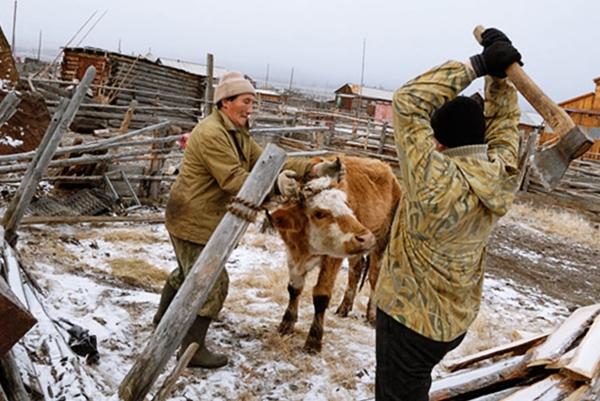
In the old days, farmers believed that a cow received a concussion from being hit by a hammer. But to turn off the consciousness of the animal, it takes about fifteen blows. As a result, a simple at first glance method plunges the bull into agony and fear, and the blood does not drain well.
To determine if the blood has completely drained, it is collected in a measuring container. The volume of blood in the body of a cow is 7-8 percent of its weight. Therefore, before slaughter, it is required to weigh the animal, and then calculate the volume and percentage of the drained blood. If it is equal to 3.5-4 percent of the total mass, the bleeding was successful, and the meat was not spoiled.
Slow bloodletting
An ancient way to slaughter a bull from the nomadic peoples of Northern Europe and Siberia is to suddenly stab with a long knife in the neck so as to pierce the heart. With a precise hit, the animal dies quickly, and blood flows out through the dissected artery in the neck.

Small bulls are slaughtered with the help of slow bloodletting. They are easier to fix, since the fatal blow must be inflicted on the first try accurately. Due to an error in slaughtering a large bull, the meat will deteriorate, and the slaughterhouse may suffer from the hooves of a frightened animal.
With the help of a buterol with a cutter
The buterol is a special tool of the miner, reminiscent of a long-handled hammer. On the one hand, it looks like a taper cutter. There is a hook on the other side. The buterol weighs almost 2.5 kilograms. With a sharp incisor, bulls pierce the skull in the frontal lobe so as to destroy the brain.
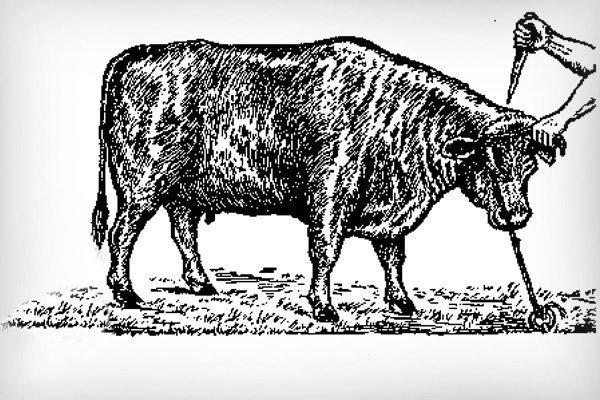
After killing, you can quickly move on to bloodsucking and cutting the carcass of a cow for meat. Slaughtering is difficult without experience in working with buterol.
Slaughter with a mask
A butterol or chisel is also used to inflict a fatal blow on the bull's skull. But to make it easier to get to the desired area, a leather mask with a hole is put on the animal's face.

While maintaining consciousness, the matter is completed with a metal or willow rod, which is inserted into a hole in the bull's skull.
Crushed skull
An attempt to put the slaughter of livestock on a conveyor is the following technology:
- the bull is placed on a movable rail platform, fixing the body with the sides, and the head with holders;
- the platform moves down at speed;
- Along the way, the bull hits its forehead against a metal bar.
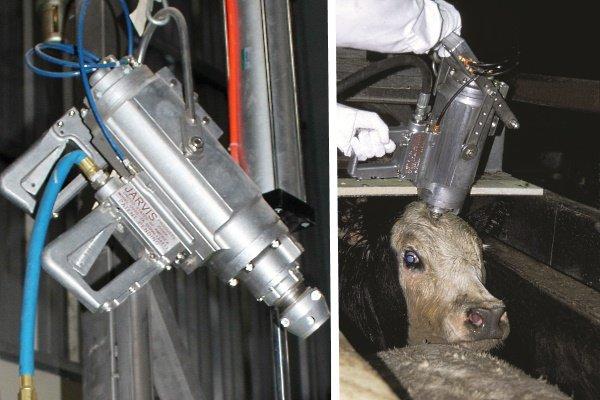
The method is designed for automatic slaughterhouses. Scared bull meat loses its value.
Siegmund's method (mask with shooting)
The slaughterer puts a mask on the animal's face. Instead of a hole in the forehead, it is equipped with a metal plate into which the barrel of a pistol is inserted and the trigger is pulled.
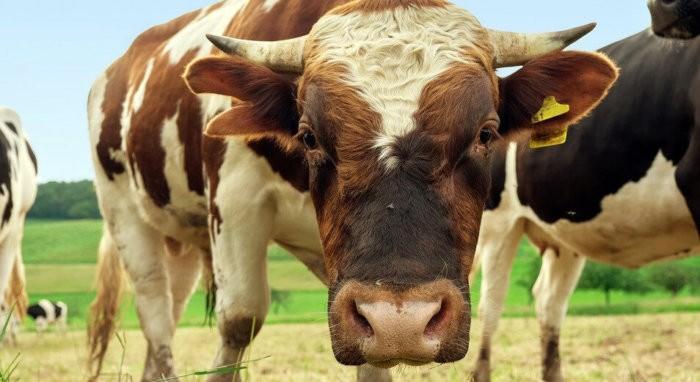
If the first animal dies quietly, then the subsequent stress is provided.
English way
The essence of the method:
- a cow is stunned with a blow to the head;
- pierce the lung between the ribs;
- pumping air, causing suffocation.

The English slaughterhouse patented this method of slaughtering bulls to obtain a steak with blood.
Kalmyk method of slaughter
Kalmyks also appreciated fresh meat with blood, so the following method was used to slaughter livestock:
- stunned the cow;
- cut the sternum or back, opening the heart;
- the main arteries were ligated.
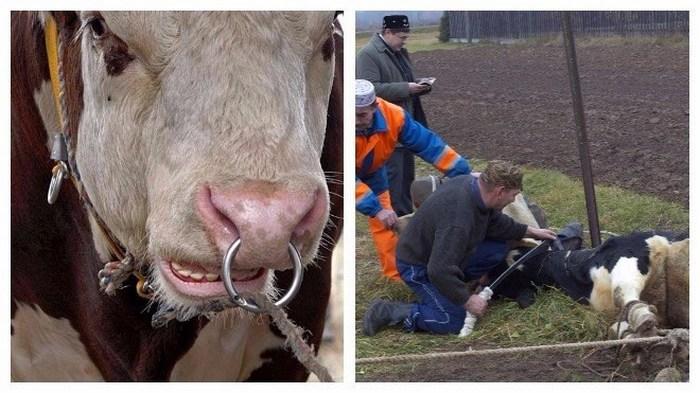
To work on a living heart requires the skills and composure of nomadic Kalmyks.
Russian way
How cattle are slaughtered in Russia:
- a string is tied to the bull's horns and its head is lowered;
- the string is pulled under the stomach and fixed;
- standing in front of the bull, a knife is thrust between the skull bone and the first cervical vertebra, directing the point forward;
- stabbed in the lower part of the neck to bleed.
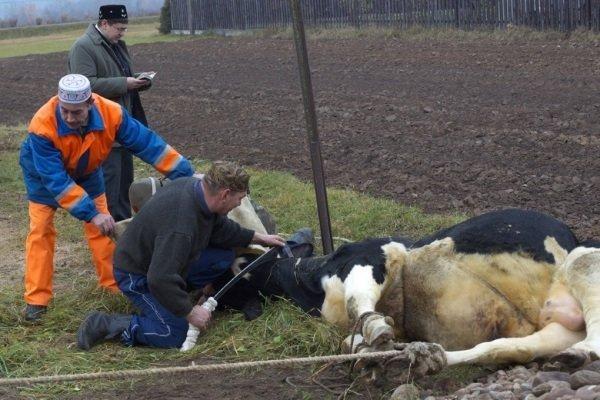
If the cow falls on its right side during slaughter, it will have to be turned over. Otherwise, you cannot reach the main arteries in the neck and bleed.
Jewish method
The method involves the use of a specially sharpened knife to comply with the rules of kosher.
The slaughterer and the assistant act in stages:
- the bull's legs are tied, pulled by the ropes so that it falls on its side;
- one person pulls the animal's head back;
- the second cuts through the bull's throat along with the cervical vertebrae and spinal cord.
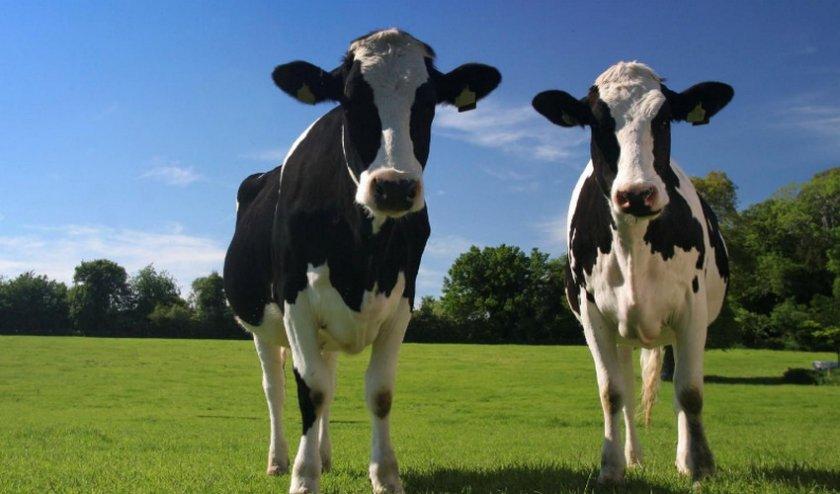
The Jewish method of slaughtering cattle is considered humane. But without a knife to cleanly cut the bovine hair, the meat will not be kosher.
Using electricity
The method was invented by the Americans. The cows are stunned with an electric shock.
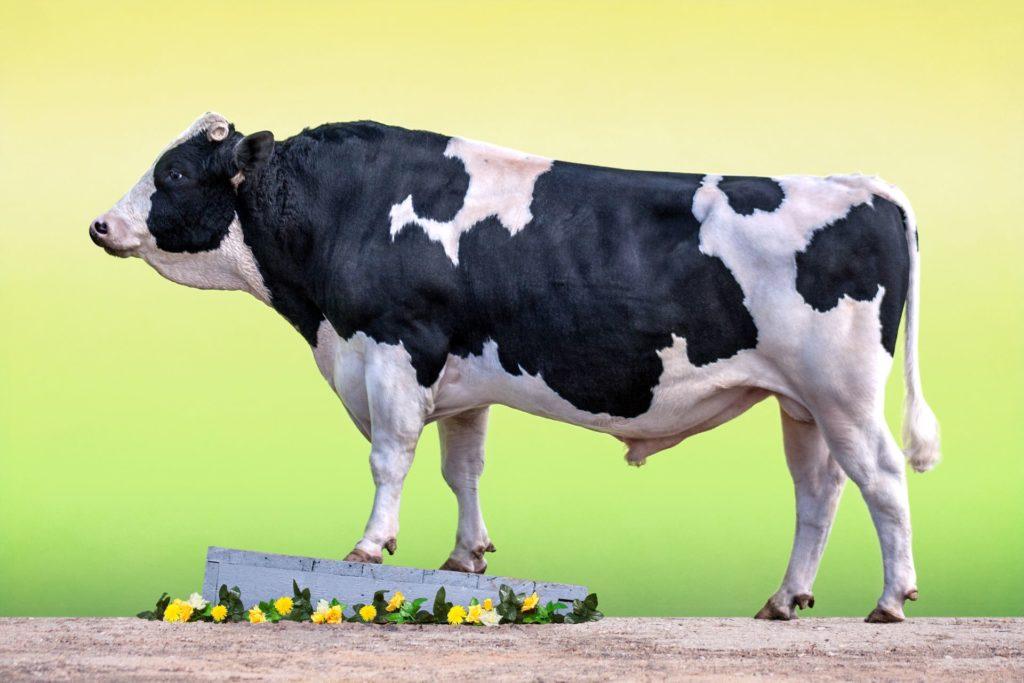
The miners work in rubber boots, standing on rubber mats. For one-year-old cows, it is enough to supply 70-90 volts for five seconds to turn off consciousness. At high power, blood coagulates and the meat becomes unusable.
Industrial face
In production, a combination of the conveyor and pistol method is used, but without a mask. Animals are brought onto a mobile platform and their heads are fixed with clamps. The conveyor moves to a pneumatic gun plant where the cows are stunned with a blow to the intersection of the horns and eyes. At the meat-packing plant, slaughter includes exsanguination, removal of the skin from bulls. For this, the stunned animals are hung by their legs.
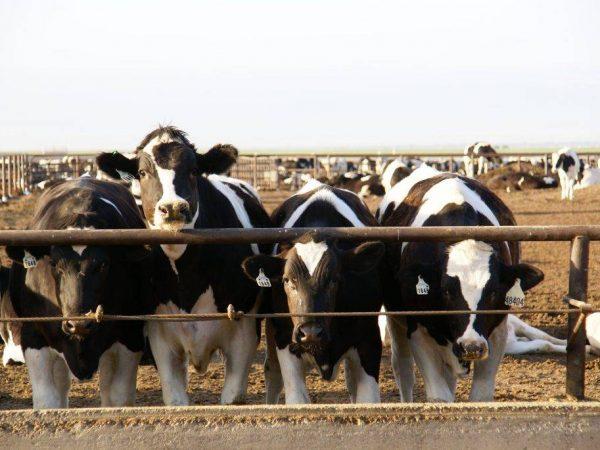
In a slaughterhouse, each stage of slaughter takes place in a special room and sterile conditions.
Veterinary slaughter option
The method is based on the Russian method. The bull is stunned with a knife blow between the skull and the first cervical vertebra. Then they hit again in the same place, but direct the blade back.
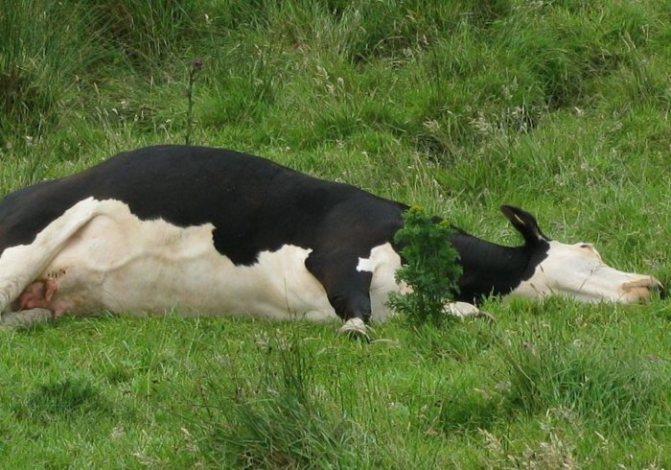
Slaughtering cattle requires knowledge of anatomy and knife skills.
More modern methods of slaughtering cattle
A pneumatic pistol in large enterprises is replaced with a gas chamber.

Carbon dioxide is supplied to the chambers.
Carcass processing rules
How to slaughter a bull at home:
- prepare a free area in the fresh air or a room;
- put plastic wrap on the ground or floor;
- put a container nearby for collecting blood and organs;
- slaughter a cow with at least two, preferably four;
- one person must have experience in slaughter, master the profession of a butcher or veterinarian;
- stun the bull in a convenient way;
- hang the carcass upside down;
- cut the veins in the neck with a sharp knife and allow the blood to drain into a substituted container.
Carcasses of bulls and cows weigh 500 kilograms, some reach a ton. You need to stun, hang and bleed very quickly, otherwise the meat will deteriorate. Therefore, an experienced miner and assistants should be involved in the work.
Removal and dressing of skin
After bleeding, the cows proceed to skinning. Approximate scheme:
- cut off ears;
- make incisions around the nose, lips and horns;
- incisions lead from the nostrils to the horns;
- cut the skin along the limbs;
- dissection is performed from the sternum to the groin;
- make a slit around the tail.
In the village, the hide is removed by hand, trimming with a knife, from a suspended bull or laid on the ground. At the end, the head and hooves are cut off from the carcass to the knee and hock joints.
Correctly dried bull hide remains soft and odorless.
How to remove the insides of an animal
Removing internal organs is called gutting. Using the procedure, valuable liver is extracted, but first, the intestines are removed. Feces remain in the digestive tract, despite the cow's daily hunger strike. Also the danger is the microflora, consisting of beneficial and pathogenic bacteria. To avoid contamination of meat, the organs must be removed within the first forty minutes after the slaughter of the bull. It is more convenient to carry out the inner work on a suspended carcass:
- ligate the esophagus;
- cut the cow's chest in the middle;
- cut the sternum and fusion of the pelvic bones;
- remove the intestines, urinary and gallbladder, cutting off the retaining ligaments;
- take out the rest of the organs;
- clean the inner walls of the carcass with a knife from the remnants of the ligaments and diaphragm.
It is necessary to open the abdominal cavity of the cow carefully so as not to damage the walls of the intestines, urinary and gall bladder. Otherwise, bile and biological fluids containing decay products and bacteria will spread through the soft tissues. But the meat can be saved if it is quickly washed with water and potassium permanganate.
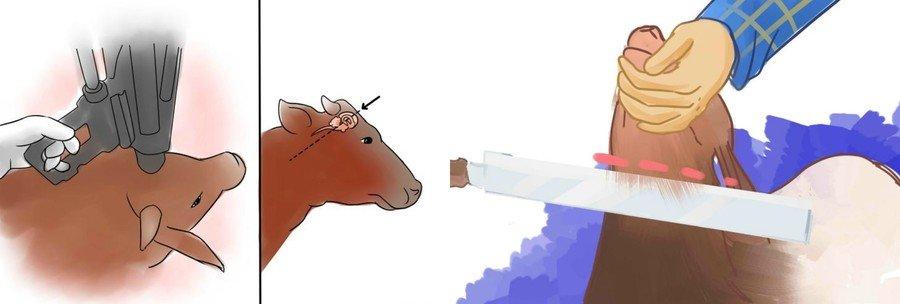
The organs are laid out in containers and examined. Upon detection of tumors, traces of helminths, the insides are discarded. To determine whether it is safe to eat cow meat with damaged organs, the presence and conclusion of a veterinarian is required.
Carcass cutting
To butcher the carcass of a bull, it is cut in half along the spine. The resulting half carcasses are divided in half - sawn between the twelfth and thirteenth ribs.
Parts of the carcass have their own names, differ in meat types and purpose:
| Part name | Meat grade | Description | Appointment |
| Cut (neck) | Third | Many tendons | Boiled and stewed, used in the preparation of broth, jellied meat. |
| Thin, thick edge, entrecote (dorsal part along the spine) | First second | Thick and thin edge - meat on four to five ribs. Entrecote is the pulp between the ribs and near the vertebrae. | Fried, baked, stewed. Ribs are used for soups, meat is served on the bone. |
| Sirloin (thick sirloin) | The first | Tender meat, thin strips of fat | Fried, goes to the preparation of rolls, pie fillings. |
| Tenderloin | The first | Highly appreciated for its tenderness and lack of fatty layers in meat | Whole baked, fried, grilled. Suitable for kebabs, azu and chops. |
| Rump | The first | Soft, tasty meat, especially the inside | Suitable for all types of heat treatment, first and second courses. |
| Rump, probe, bisection (outer middle, inner and lower part of the thigh pulp) | The first | Lean soft meat | Stew, boil, bake. Used for making soups, roast beef. |
| Curl (abdominal) | Second | Coarse fiber meat with cartilage, fat, bones | It is brewed, started up for minced meat. Suitable for borscht, roll, meat balls |
| Edge banding | The first | Delicious pulp with a layer of bacon | Chopped into minced meat, cooked for broth. |
| Scapula | Second | Rigid fibers, thick veins | Boiled goes into soup, goulash. |
| Brisket | The first | The meat is interspersed with strips of fat | Goes to soup, borscht, cook, stew. |
| Thigh | Third | Prized for its taste and aroma, the consistency is tough | Slowly fried. Stew, suitable for soup, goulash, azu. |
| Shank, knuckle | Third | It is prized for its marrow bone. The quality is reduced due to the large number of cores. | Used in the preparation of jellied meat. |
Butchers use different types of butcher knives:
- ax knife - for frozen meat;
- boning - to separate the cartilage;
- universal or fillet - for cutting pieces.
Cow carcasses are stored before cutting at a temperature of 0 ... -4 degrees.After cutting, the meat ripens within two weeks at a temperature of + 1-2 degrees. Maturation increases the shelf life of the product.






